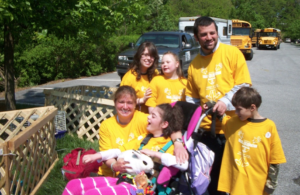
The Israeli Independence day (Yom Ha’atzmaut) program of Gesher LaTorah, a Baltimore-based organization that uses a multi-sensory approach to convey Jewish lessons to individuals with special needs. Credit: Gesher LaTorah
By Maayan Jaffe/JNS.org
“It was a day filled with light, joy, and hope,” says Adina Levitan, recalling the bar mitzvah of one of her favorite Camp HASC students. The New York-based camp, which each summer serves more than 300 children and adults with intellectual and physical disabilities, provides 13-year-old boys with summer birthdays the chance to study for and celebrate their bar mitzvahs on premises.
Levitan worked with many of the students, including a young man with Down syndrome whose name she chose not to disclose. She says the man’s counselors helped him prepare for the big day by teaching him to put on tefillin and working with him to say several Jewish blessings.
“It was a very special day. … His simcha (happy occasion) was all of our simcha,” Levitan says.
Levitan’s experience is becoming more common, as the Jewish community strives to welcome, include, and serve anyone regardless of race, affiliation, ability, or disability. Yet a recent poll by RespectAbility and Jerusalem University found that, time and again, the Jewish community still shuts its doors to people with disabilities. According to the study, people with disabilities are dramatically under-represented within the ranks of engaged Jews, with 20 percent of respondents indicating they are unable to participate in Jewish life because of their disability.
“A person’s bar or bat mitzvah is one of the most important moments in their Jewish lives,” says Jay Ruderman, president of the Boston-based Ruderman Family Foundation, which promotes the inclusion of people with disabilities. “It is a rite of passage that should not be denied to any Jewish child, regardless of their abilities. I would like to see every synagogue in North America commit to providing a bar or bat mitzvah to any Jewish child who wants one. This would be a huge statement by the Jewish community that every Jewish child is valued equally in our society.”
More often than not, according to Cantor Steven Stoehr, it’s not that synagogues don’t want to include individuals with disabilities, but rather that they aren’t aware of the need to do so or how to meet that need. Three years ago, Stoehr’s synagogue, Beth Shalom in Northbrook, Ill., was approached about Rosh Hashanah programming for people with special needs.
“We did some research. Nothing was going on at our synagogue or even in the area. So we created something,” Stoehr says, who reached out to national resources to pull the programming together. Ultimately, this process led to the creation of a Rosh Hashanah machzor (High Holidays prayer book) for people with disabilities, and subsequently Hanukkah, Purim, Passover, and Shabbat experiences. Finally, Beth Shalom founded Healthy Understanding and Growing Space (HUGS), a program that caters to children and teens at four Chicago synagogues. Stoehr says since his synagogue has by now hosted about half a dozen special needs bar or bat mitzvoth.
“We had one boy with Cerebral Palsy who could not stand or sit, but his cognitive self was intact. We had a very moving service,” Stoehr says.
At that service, Beth Shalom moved the Torah scroll to a low table on the main floor and allowed the boy to read lying down. The congregation, recalls Stoehr, was brought to tears.
In Boston, two organizations serving people with disabilities merged 10 years ago to form Gateways, with funding from the Ruderman Family Foundation. Gateways’s B’nei Mitzvah Program prepares students with special needs for their bar/bat mitzvah with a combination of individual tutoring, classroom activities, and a weekly prayer service.
Gateways’s executive director, Arlene Remz, says that the program uses a combination of new technologies and evidence-based practices to prepare teens with moderate to severe disabilities for their big day. Gateways developed a Hebrew reading program based on mnemonic devices, through which several youths have learned to read Hebrew and eventually decode their Torah portions. The system includes an adapted trope (cantillation marks). According to Remz, there are students who could not read English who have learned to read Hebrew through the program.
A similar program to Gateways, Gesher LaTorah, exists in Baltimore through the Macks Center for Jewish Education. Gesher LaTorah’s director, Rachel Turniansky, says she and her staff use a multi-sensory approach to convey Jewish lessons. The common thread between the organizations’ different programs is their role in creating a place in the Jewish community for these youths.
“Judaism is not a solitary act,” says Remz. “But Judaism is not only about creating a Jewish community, it is to be part of a community of Jewish peers.”
Remz explains that many families with children with disabilities feel isolated—or isolate themselves—from the Jewish community because they feel unwelcome or unaccommodated.
“The first closed door may be the last door. If a family does not feel welcome in synagogue or doesn’t feel welcome in a Jewish school, it is possible they will never get engaged in the Jewish community,” Remz says. “By opening doors—and gates—we are able to bring families in so they can better celebrate their Judaism individually, as a family and as a part of the larger community.”
Shara Gilbert lives in Efrat, Israel, and sends her son Yosef, who struggles with autism and several learning difficulties, to a special needs school in Gush Etzion. He will mark his bar mitzvah in February 2015. Shara says her family is opting for a Thursday-morning ceremony at a minyan Yosef has been attending with his father for many years, to make the experience less overwhelming for her son than a large Shabbat-morning bar mitzvah. Yosef will only invite select friends and family members, which will also make him more comfortable.
“There will be no party, just a small brunch with family and friends, some music—very chill,” Shara says, noting that her son has managed to learn the four p’sukim (verses) of the Torah portion’s second aliyah for his big day. She says she and her husband have asked several halachic (Jewish legal) questions as Yosef prepares to come of age, such as whether he will count for a minyan of 10 men and whether he will be required to stringently observe mitzvot.
“They ask me, ‘Does he understand?’ If he understands, then he is required to do [the mitzvot],” Shara says.
Isabel Sturman of Portland, Ore.—who harnessed a similar can-do attitude to ensure that her daughter, Hannah, had a bat mitzvah service five years ago—says, “I don’t care what abilities or disabilities your child has, [he/she] can do it.” Hannah, who suffers from an intellectual disability and is nonverbal, used a communication device to recite parts of that day’s liturgy. She also recruited several family members and friends to take part in the ceremony.
“It was not only a gift they were giving to her by being part of her service. … She gave a gift to them by allowing them to help her become a bat mitzvah,” Isabel recalls.
“You need to allow yourself to think outside of the box,” says Gesher LaTorah’s Turniansky, addressing her comments to congregational schools and synagogues. “Not everyone fits the model. If a school, the rabbi, the community are open to thinking creatively, it can work—for any student. … And it can be not the end, but just the beginning, of the child’s Jewish journey.”
Maayan Jaffe is senior writer/editor for Netsmart (ntst.com) and an Overland Park-based freelance writer. Reach her at maayanjaffe@icloud.com or follow her on Twitter, @MaayanJaffe.

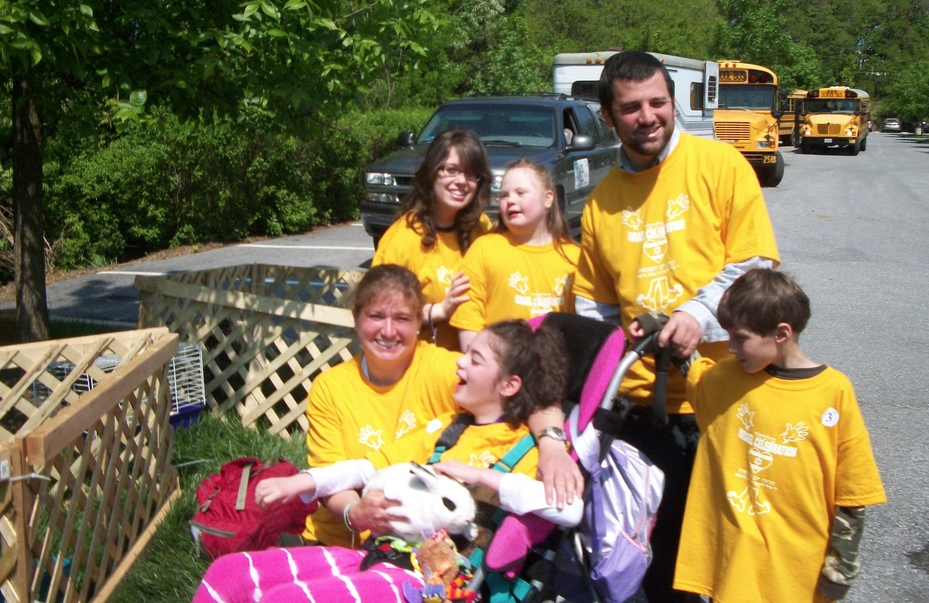

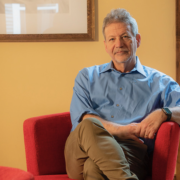
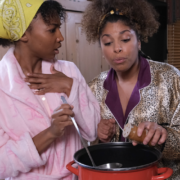




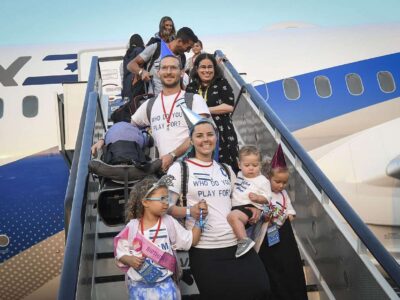
Comments